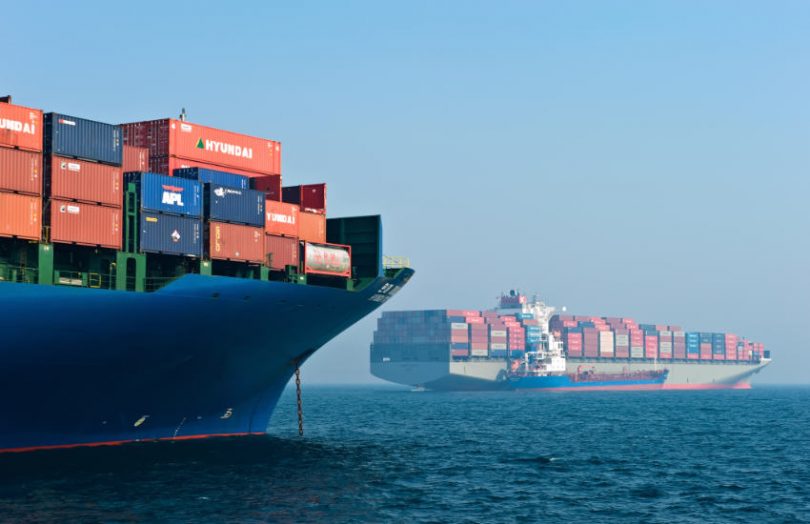Today Trade Waltz, the Japanese blockchain consortium for cross border trade, announced it would go into production on Friday, April 1. NTT Data started the consortium in 2017 to digitize trade documents, and the group had 18 members before incorporation in 2020.
At that stage, NTT Data along with six other firms invested $20 million. The other founders were three trade conglomerates Mitsubishi Corp, Toyota Tsusho and Kanematsu, MUFG, Tokio Marine & Nichido Fire and Sompo. Last year another four organizations invested with the addition of $8 million in capital. However, the number of corporates currently involved in the platform now surpasses a hundred.
Cross border trade is a very document-heavy process. Using the blockchain platform addresses both document security and efficiencies. Trade Waltz claims that users achieve a 44% to 60% improvement in operational efficiency. It’s also more secure because it’s possible to prove the origin of documents, whereas paper documents can be more easily faked.
In a talk in 2020, a representative of MUFG explained how Trade Waltz avoids a typical consortium interoperability hurdle in that it doesn’t have a walled garden. Specifically, the platform uses structured digital documents rather than pdfs, although attaching pdfs is possible. A key functionality is the ability to print out documents to send them to counterparties who don’t use TradeWaltz.
It’s also exploring cross border collaboration with other countries, such as Singapore’s Networked Trade Platform (NTP), Thailand’s National Digital Trade Platform (NDTP) as well as the single trade windows in Australia and New Zealand. Additionally, it has a collaboration with SAP.
Some functionality relating to Letters of Credit has been available on Trade Waltz for more than a year. Now the platform will support a far broader array of trade documents such as certificates of origin, bills of lading, delivery notes, and purchase orders. The platform uses the Hyperledger Fabric enterprise blockchain.
Meanwhile, the two major other blockchain trade platforms are IBM and Maersk’s TradeLens and the Hong Kong-based Global Shipping Business Network (GSBN), which is now expanding into Europe.






